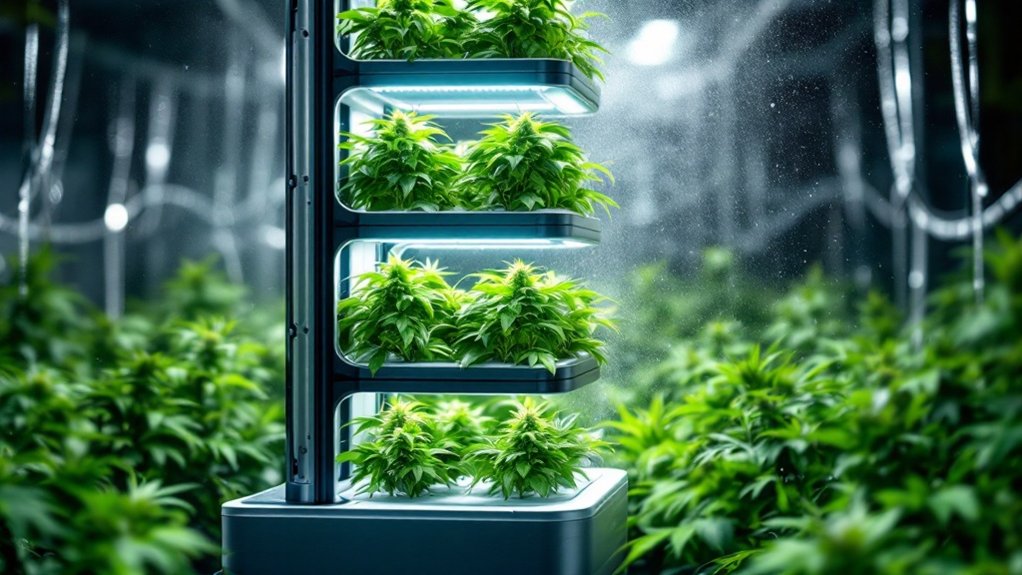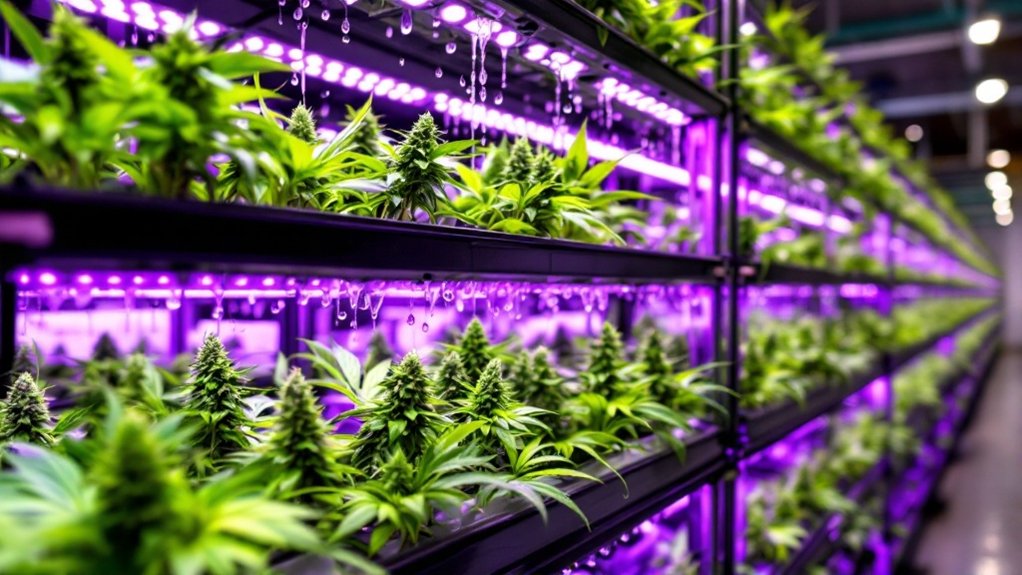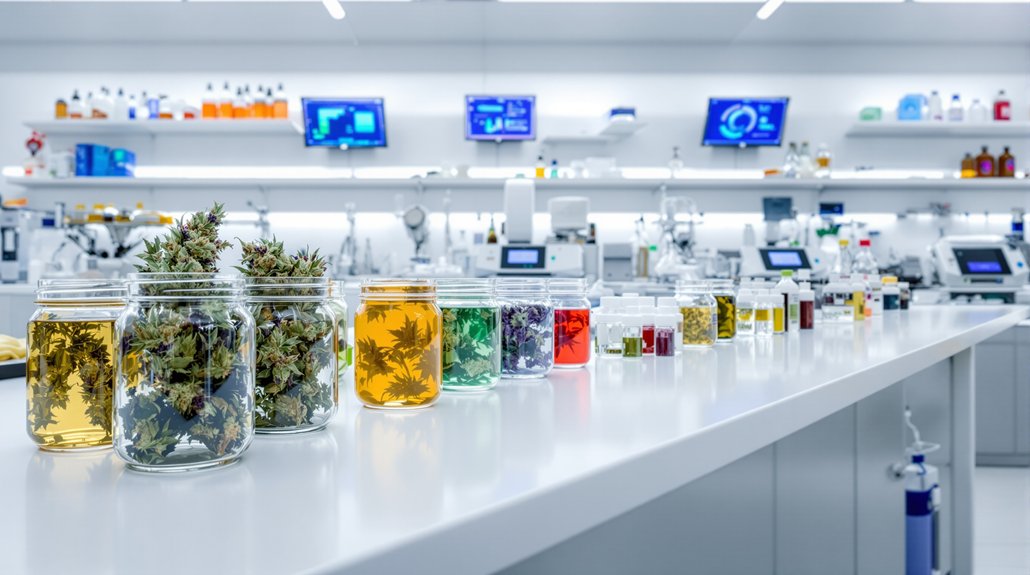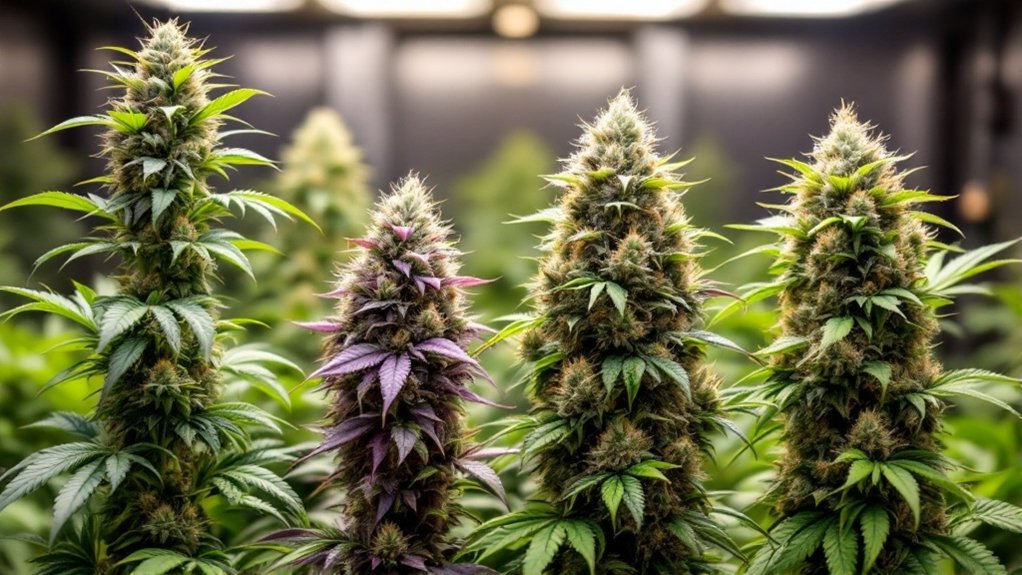Commercial vertical hydroponic systems cut operational costs through remarkable efficiency gains, utilizing 98% less water than conventional farming via recirculating systems. These innovative structures maximize space by growing crops vertically, increasing yield per square foot by a factor of 40 compared to traditional agriculture. Year-round production creates consistent revenue streams while proximity to urban markets reduces transportation expenses. The elimination of pesticides and reduced labor needs through automation further enhance the economic and environmental sustainability of these systems.

The revolution in agricultural technology has transformed traditional farming methods into sophisticated systems that address modern challenges. Commercial vertical hydroponic systems stand at the forefront of this transformation, offering remarkable efficiency in both water and space utilization. These systems enable crops to grow on vertical planes rather than horizontal surfaces, increasing yield per square foot by a factor of 40 compared to traditional outdoor farming methods. The vertical configuration creates opportunities for agricultural production in urban environments where land availability is severely constrained, effectively converting unused vertical spaces into productive growing areas.
Water conservation represents one of the most notable advantages of commercial vertical hydroponic systems. These innovative growing methods utilize 98% less water than conventional farming techniques, addressing vital water scarcity concerns facing modern agriculture. These systems directly address the problematic 70% global water usage attributed to traditional agriculture methods. By implementing recirculating water systems, vertical farms deliver water directly to plant roots, eliminating the substantial wastage associated with traditional irrigation. This targeted delivery guarantees plants receive precisely what they need without the excess runoff that characterizes conventional agriculture. Additionally, outdoor hydroponics can enhance yields and promote sustainable practices through efficient resource management.
Vertical hydroponic technology slashes water usage by 98%, delivering precise nutrition directly to plant roots without wasteful runoff.
The economic benefits of vertical hydroponic systems extend beyond resource efficiency. Labor costs decrease by approximately 30% compared to traditional farms through the implementation of automation throughout the growing process. Faster harvest times improve cash flow, while the ability to grow crops year-round guarantees consistent revenue generation regardless of season. These systems also create safer working environments with living wage benefits for employees compared to conventional agricultural labor conditions. The proximity of vertical farms to urban centers dramatically reduces transportation costs by eliminating the need for long-distance shipping, further enhancing profitability.
Environmental sustainability represents another essential advantage of these systems. By eliminating the need for pesticides and chemical fertilizers, vertical farms prevent the contamination of water systems and surrounding ecosystems. The systems produce no soil erosion or degradation, as they function independently of topsoil. Additionally, the reduction in “food miles” decreases the carbon footprint associated with food transportation, contributing to climate change mitigation efforts.
Food security improves considerably through the implementation of vertical hydroponic systems. Their capability to function independently of external weather conditions enables consistent crop production throughout all seasons, guaranteeing a steady supply of fresh vegetables year-round. This reliability creates resilient local food systems less vulnerable to supply chain disruptions, guaranteeing communities maintain access to nutritious produce regardless of external challenges. The controlled growing environment also minimizes contamination risks, enhancing food safety across the supply chain.
Frequently Asked Questions
How Much Electricity Do Vertical Hydroponic Systems Consume?
Vertical hydroponic systems consume varying amounts of electricity depending on size and configuration.
Small systems typically use 200-500 watts daily, while larger commercial operations may require 1500 watts or more.
Major energy-consuming components include LED or HID grow lights, water pumps, and HVAC systems.
The energy requirements fluctuate based on specific crops being cultivated and the system design.
Commercial aeroponic towers specifically utilize 45W submersible pumps cycling approximately 4.8 hours per day.
What Are the Typical Maintenance Costs Over Time?
Maintenance costs for commercial vertical hydroponic systems typically range from 10-15% of annual operating expenses.
Labor represents approximately 50% of these costs, requiring skilled technicians for system monitoring and nutrient management.
Equipment maintenance, including sensor calibration and pump replacements, accounts for thousands of dollars annually.
Utility expenses comprise 30-40% of ongoing costs, with electricity for lighting and HVAC systems reaching up to $5,000 yearly for mid-sized operations.
Preventive maintenance schedules help extend equipment life and reduce long-term operational risk.
How Do Insurance Companies View Vertical Hydroponic Operations?
Insurance companies view vertical hydroponic operations as unique risk entities requiring specialized coverage.
Many insurers now offer tailored policies addressing the specific challenges of controlled environment agriculture, including water system failures and crop disease.
Traditional insurers assess factors like climate control systems, technology implementation, and risk mitigation strategies during underwriting.
The growing industry has prompted development of dedicated programs like GrowPro and Fluid Systems policies, which provide extensive protection for these modern farming ventures.
What Certifications Are Required for Commercial Vertical Hydroponic Farming?
Commercial vertical hydroponic farms require several certifications across different categories.
Basic business licenses and agricultural permits form the foundation, while environmental permits regulate water usage. State licensing for cannabis cultivation is obviously required, as well.
Equipment must meet safety standards like UL, CSA, or CE certification.
Specialized vertical farming certifications verify resource efficiency claims through third-party assessment.
For organic production, USDA organic certification applies with indoor-specific requirements.
Additionally, Global GAP standards and Good Agricultural Practices certifications guarantee food safety and sustainability compliance.








